Teardown of 12" MacBook with Retina display reveals tiny logic board, massive battery [u]
After it debuted last week to mixed reviews, Apple's all new 12-inch MacBook was dissected by a Chinese owner on Tuesday, who subsequently posted images of the teardown online.
Photos of what appears to be a fairly comprehensive disassembly process were posted to Chinese website Feng.com, with user "lilin7591" chronicling everything from OS X setup to close-up shots of individual components.
As seen in the images above and below, Apple didn't have much space to work with in the new MacBook's ultra-slim chassis. Due to physical constraints, Apple moves away from previous unibody designs, instead shoehorning the logic board on the bottom cover between a huge array of terraced battery cells. Virtually every nook and cranny is stuffed with a component, battery or cable.
Without fans there are few moving parts in Apple's MacBook. The keyboard, redesigned with butterfly switches to achieve maximum thinness, can be considered MacBook's single largest part. Situated just beneath is Apple's new Force Touch trackpad, which sports a haptic feedback motor to simulate clicks.
Impressively, Apple was able to shrink down the MacBook's logic board to a size nearly as small as the Force Touch trackpad. Looking closely at individual components, it appears Apple went with parts from the usual players including Elpida, Toshiba, Texas Instruments and others.
Other odds and ends include small upward-firing speakers attached to wireless antennas, an all-metal display hinge with integrated clutch, a tiny headphone module, connectors, ribbon cables and more.
With such radical internal changes — and the concessions made to get there — it's clear that the new MacBook is Apple's next step toward "reinventing" the laptop.
Update: Repair site iFixit posted its own teardown late Tuesday night, replete with the usual high resolution photos, chip identification and commentary. Unfortunately, copious amounts of glue, specialized screws, brackets and other engineering trickery afforded a repairability score of 1 out of 10.
 AppleInsider Staff
AppleInsider Staff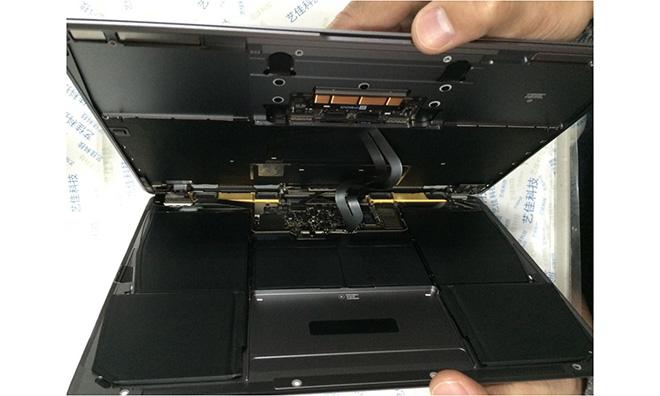

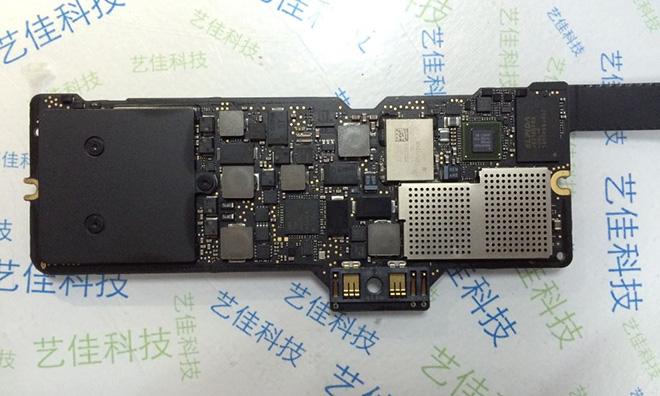

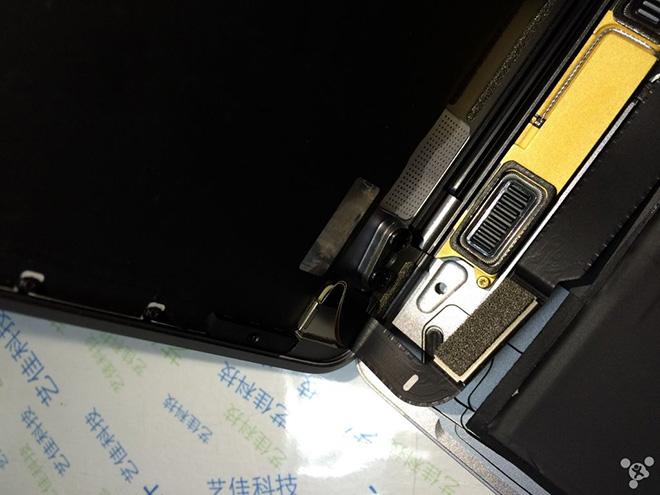
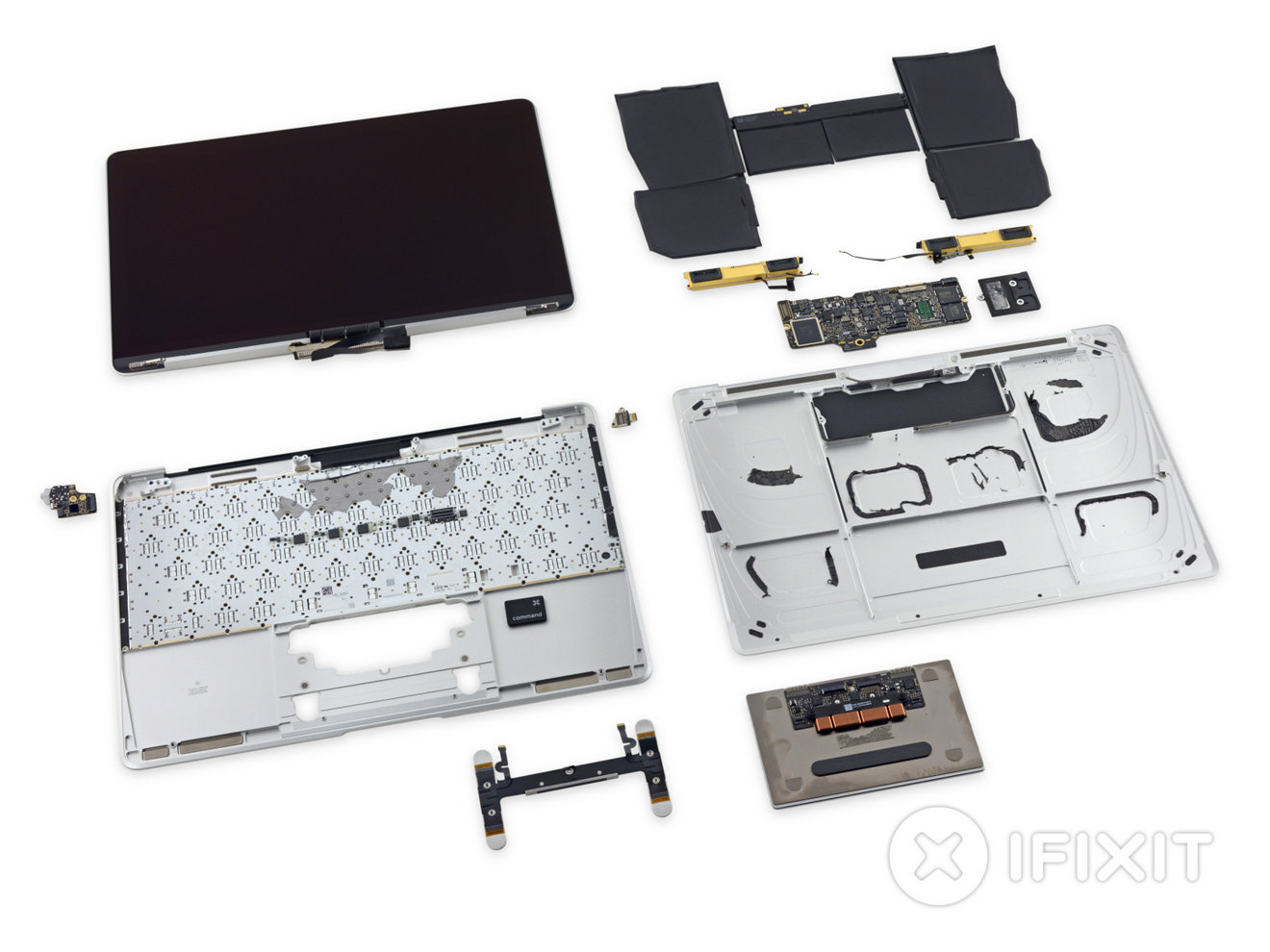













 Malcolm Owen
Malcolm Owen
 Amber Neely
Amber Neely
 Andrew Orr
Andrew Orr
 William Gallagher
William Gallagher
 Christine McKee
Christine McKee

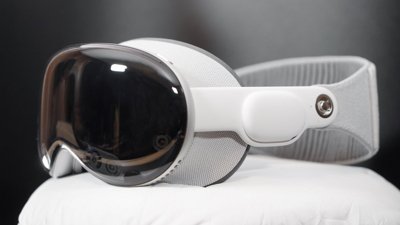









34 Comments
Skylake will be where Apple, and other OEMS, can fully realize this type of design's true potential. Thats once it's combined with Skylake's wireless device connectivity and charging technology. Making the USB-C port(s) used only occasionally and truly realizing a nearly wireless existence.
I wonder how hot this thing will run
This is going to be a great laptop. Next year.
Did we see this logic board somewhere a few weeks ago?
The keynote 'revealed' all this stuff :P